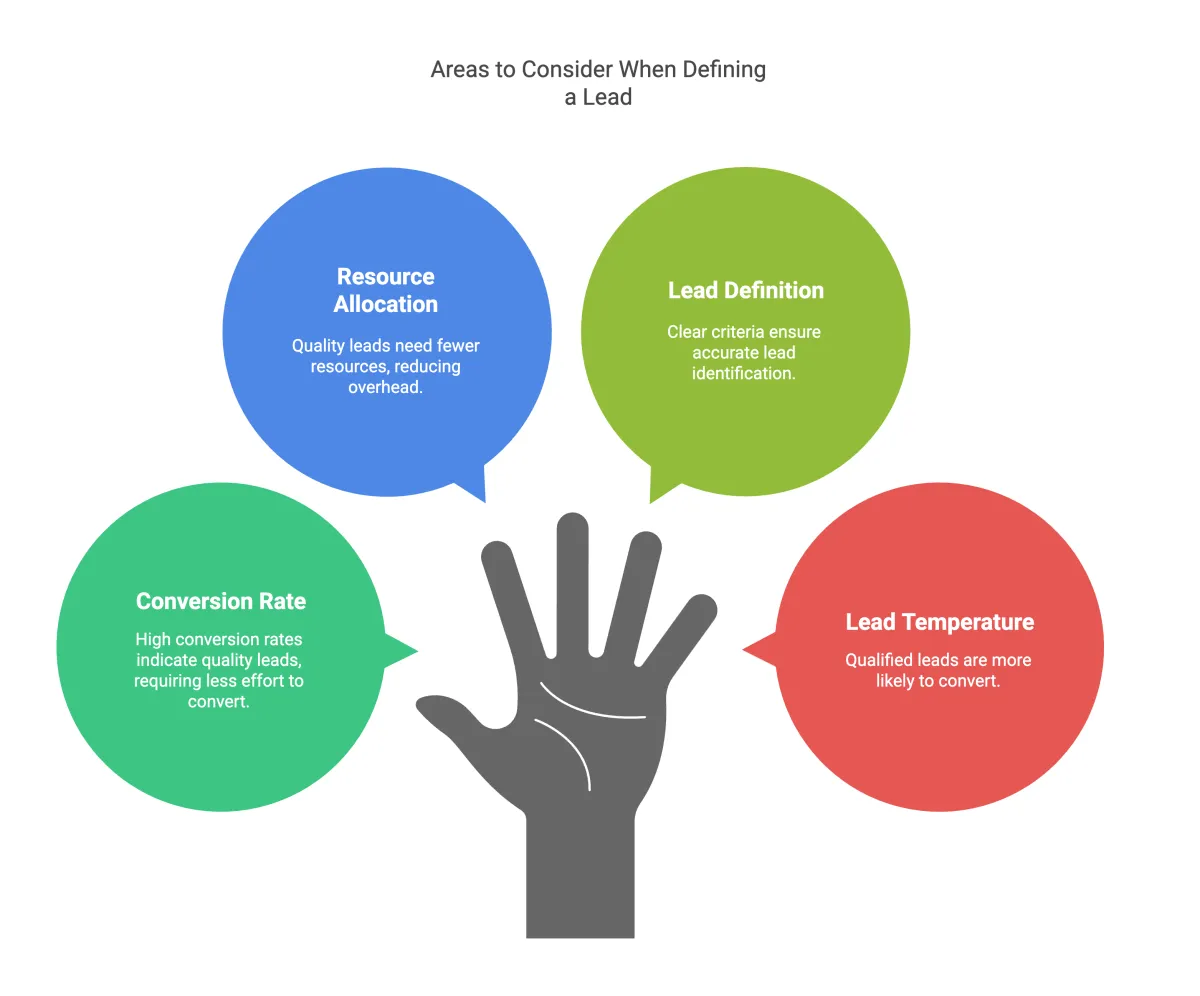
The True Definition of a Lead: Quality Over Quantity in Modern Marketing
In the fast-paced world of digital marketing, terminology often gets muddled, leading to confusion and misaligned expectations. One term that frequently causes misunderstanding is "lead."
Many businesses waste thousands of dollars pursuing what they believe are qualified leads, only to discover they've been chasing mere contacts.
On our recent Click and Mortar podcast, we tackled this common misconception head-on, offering clarity on what constitutes a genuine lead versus a simple contact.
Contact vs. Lead: Understanding the Critical Difference
"Plain and simple, what we consider a lead when we're approaching it is someone who knows about you, knows what you offer, and has context around some pricing or what it is that you're offering. And a conversation is started," explains Dustin.
This definition stands in stark contrast to how many marketing services define leads. Often, businesses are sold on the idea that any email address or phone number constitutes a lead. We strongly disagree with this categorization.
"Most people define 'If I have an email address, that's a lead.' And really that's not because they haven't shown interest. They don't know who you are. And in our opinion, it's a contact," Dustin clarifies.
The Inbound Advantage
What separates high-quality lead generation from simple contact collection is the direction of interest. When someone responds to your marketing message, raising their hand to express interest in your specific offering, that's when a contact transforms into a lead.
Mike illustrates this distinction through a conversation he had with an accountant who was doing email lead generation. "You have a bunch of emails that you're emailing cold, and those people may or may not be following up with you," he explained to her.
"The paradigm change for us is that we run paid advertising to get people to opt into what you're doing, meaning they're a warm lead. They're raising their hands and saying, 'I'm interested in what you're doing. Here's my contact info.'"
This inbound approach creates a fundamental shift in the quality of the conversation that follows. Instead of cold-calling or sending unsolicited emails to people who've never heard of your business, you're engaging with individuals who have already expressed some level of interest in your offerings.
Beware of "Lead Lists"
IN the Podcast we also warn against services that claim to provide thousands of "leads" through purchased lists. Mike emphasizes that businesses should question the source of any lead data: "The first question you want to ask those people is, 'What's your source of your data'?"
A list of contacts who might theoretically benefit from your product or service but have never heard of your business does not constitute qualified leads. These are merely potential targets for outreach. The transformation from contact to lead happens only when that person responds and shows interest in learning more about your specific business.
Conversion Rates: The True Metric of Lead Quality
Perhaps the most valuable insight from the podcast comes when Dustin discusses how businesses should evaluate lead generation services:
"If you are looking for lead generation, there's a lot of people pitching lead generation, will get you a lot of leads, and everyone romances over cost per lead and quantity. And really, you should be focusing on the question you should ask: what is the conversion rate of those leads?"
This perspective shifts the conversation from volume to value. As Dustin points out, "There's nothing worse than getting thousands of leads and spending tons of money on a sales team that only converts 1% of those leads. It's a lot of money out the door and a lot of frustration, whereas you might pay a bit more for a lead, but if you're converting at 20, 25%, you don't need as much of a sales force."
The math is simple. If you're paying $10 per lead but only converting 1% of them, each customer acquisition costs you $1,000. However, if you pay $50 per lead but convert 25% of them, your customer acquisition cost drops to $200—a dramatic improvement despite the higher cost per lead.
Quality Lead Generation: The Click and Mortar Approach
What sets our approach apart is our focus on generating qualified leads through paid advertising that targets audiences likely to be interested in their clients' offerings. Unlike cold outreach methods, this approach ensures that the people entering your sales funnel have already taken an action indicating interest in your products or services.
By focusing on creating marketing that resonates with your ideal customer and prompts them to take the first step toward engagement, you create a foundation for higher conversion rates and more efficient sales processes.
The Bottom Line
Understanding the distinction between contacts and leads can save your business significant time, money, and frustration. True leads have demonstrated interest in your specific business and offerings, not just a general need that your business might address.
When evaluating lead generation services or strategies, look beyond the cost per lead or the volume of leads promised. Instead, focus on the quality of those leads and their likely conversion rates. A smaller number of high-quality leads will almost always deliver better results than a large volume of unqualified contacts.
Watch the full episode for additional insights on how often to update the creative in your digital advertising campaigns.
Watch the Full Episode on YouTube
Listen to the Full Episode on Spotify
Want personalized guidance?
Schedule a free discovery call to discuss your specific digital advertising goals: https://link.eic.agency/widget/bookings/c-and-m-demo_start
This article is based on insights from the Click and Mortar podcast hosted by Mike Patterson and Dustin Trout, digital marketing experts focused on helping businesses maximize their advertising ROI.

